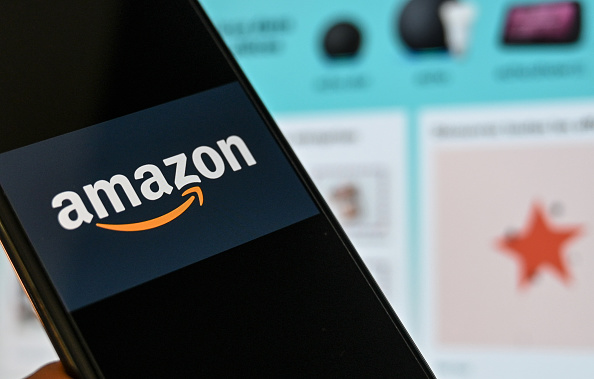Does a higher price equate to a better product? Split between the rock of pricing consumers out of their product, and the hard place of looking ‘cheap’, it’s a question any business leader or marketer has had to grapple with.
The general consensus goes something like this: if a product or service is expensive, it is likely to have been constructed with superior materials or labour, and is therefore a better-quality product. In essence, you get what you pay for.
In reality, expensive often translates into costly and poor value, not quality. As the old age Chinese adage goes: ‘cheap things have no quality, quality things are not cheap, yet expensive things aren’t always quality’.
Why so? Many brands trade and price their products simply on reputation. They may be a major household name, or their product may be in fashion, enabling them to set a high price point that they know consumers will accept.
Higher costs are passed on
Similarly, major brands tend to run up considerable overheads, and will pass these costs onto the consumers with higher prices. Yet in none of these instances – brand reputation, an in vogue product or high overheads – does the high product cost necessarily correspond to a high product quality.
Neither, therefore, does a more price-accessible product automatically equate to a lower quality product – a principal at the heart of the identity of my watch company I co-founded in 2004. Our mission from the outset was to deliver premium quality watches at a fraction of the price of our more established, household name competitors – something we have achieved, despite the industry telling us we could never do so.
We are able to sell our product at a considerably lower price point by reducing our overheads. Unlike Omega, Rolex and TAG, we don’t pay Hollywood celebrities and Premier League footballers to flaunt our watches. We also have an online-only model selling direct to our customers, cutting out the costs of middlemen, expensive high street stores and third party retailers. Doing so means we fulfil a pledge to only ever sell our watches at a maximum of three times the cost of production, while some of our competitors commonly do so at up to 12 times.
Conquering consumer suspicion
We are honest about our model because transparency is vital. If you sell a premium product at a price far below the market average, consumers naturally form question marks in their mind. Is the product really all it claims to be? What is the catch? It is assumed that somewhere, corners are being cut. But the reality is a lower priced product can be of equal, if not superior, quality to a more expensive product – you just have to be honest in explaining how.
Consumers have more access to information than ever before, and as such are extremely well informed about the Known Value Items (KVIs) that make up products. Our watches, for example, share many components with much more expensive brands – and customers are able to independently verify this.
And while some consumers will always prefer to pay the higher price for essentially the same product, there is a growing constituency of people who seek out authenticity and transparency above brand ‘fluff’, recognising quality of product and components over just the brand name.
Of course, many companies actively avoid selling their products or services at a lower price point for fear of devaluing their brand and looking “cheap”. This is perfectly understandable, but a lower than industry average price point doesn’t have to equate to cheap.
Quality and value
The sweet spot is to offer an effectively marketed, genuinely high-end yet price-accessible product, that doesn’t compromise on quality. Maintaining that focus on quality will ensure customers don’t identify your brand as budget, irrespective of the lower price.
Premium brands are also wary of selling at a lower price point because they fear it is counter-intuitive to building brand loyalty, believing consumers are only loyal to their price not their brand – and will happily jump ship when a rival offers a similarly priced product.
Yet it is increasingly clear that consumers’ brand loyalty does not revolve around just price, but also experience. A premium brand is not solely defined by the price of its products, but by the relationship with its customers, brand partnerships, values, trust and market positioning. Ticking these boxes will ensure that consumers remain loyal to your brand even if rivals offer similarly price-accessible products.
Ultimately, expensive and quality are two very different things, and an accessible price-point by no means defines that product’s quality. By reducing costs of the operations around the product – such as advertising and your supply chain – a premium quality product at an accessible price point is an industry-changing reality.
Mike France is co-founder of Christopher Ward.





